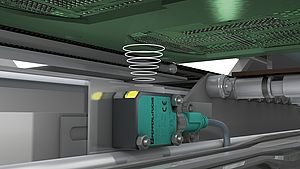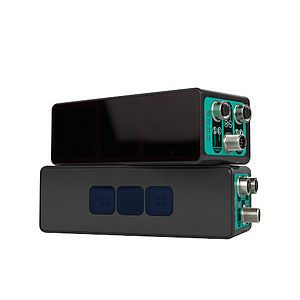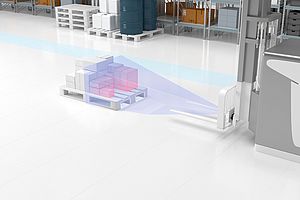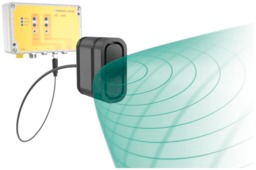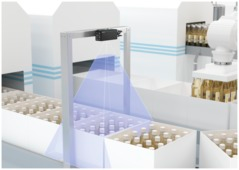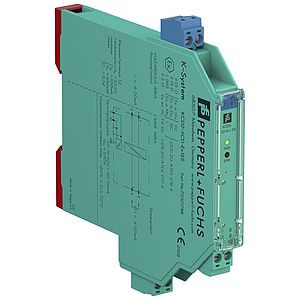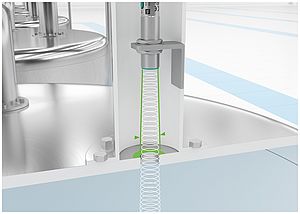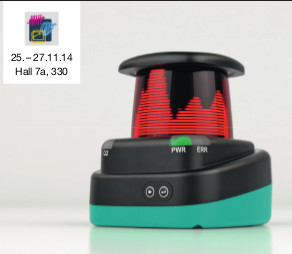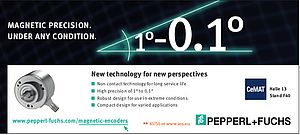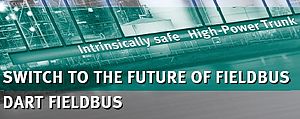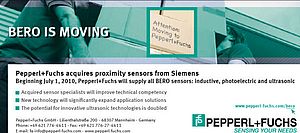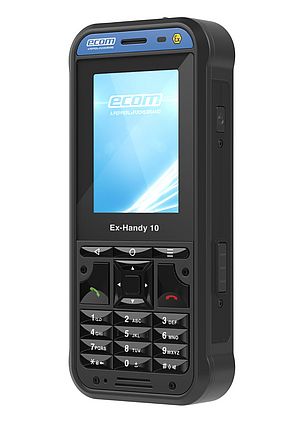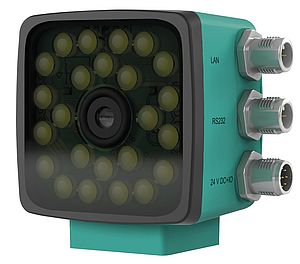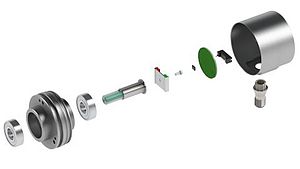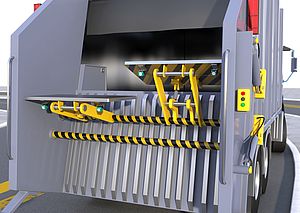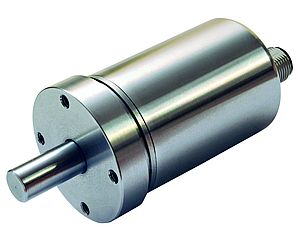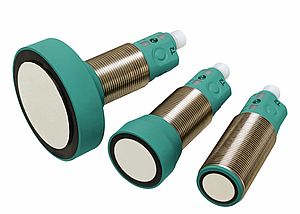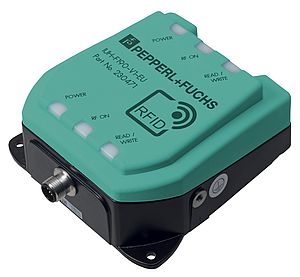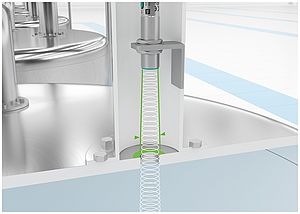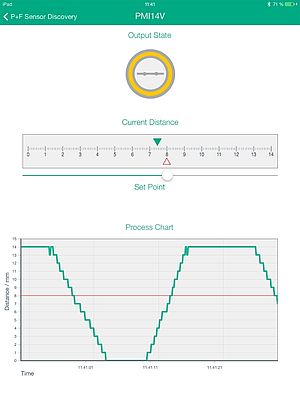RAMI was developed by the working group "Reference Architectures, Standards and Standardization" for Plattform Industrie 4.0 under the leadership of Dr. Peter Adolphs, Managing Director/CTO at Pepperl+Fuchs. This model can be used to describe the seamless communication between all levels of production - from simple field devices to the entire factory. It maps the main aspects of Industry 4.0 using a three-dimensional coordinate system. Together, the three axes produce a complete model of Industry 4.0, providing a 3D map for Industry 4.0 solutions and serving as a guide for step-by-step migration.
German-US Cooperation
The German model focuses clearly on the area of industrial production, and is far more specific and detailed than the American IIRA reference architecture, which in turn focuses much more on an "Internet of Things" (IoT). The US model assumes an IT-driven world with a potentially infinite number of participants who use software to interact on a totally equal footing in the cloud. Integrated areas include the smart home or smart traffic systems.
The two models are not in opposition to one another-instead, they can complement each other very well. The plan is to merge these models now to form an extensive reference architecture. This step is part of an agreement between the Industry 4.0 platform and the IIC, which was presented in Berlin in March. Both parties want to establish uniform worldwide communication standards for the industry of the future. From now on, test beds will also be shared, and findings from the practical tests will be integrated into the development of the coordinated model.
Concrete Steps for Industry 4.0
At the same time, work on the RAMI continues. To set out in more detail the model theory in practice, the areas are broken down across the three axes of the model. One example is the "Type" area on the x-axis of the model (Life Cycle & Value Stream): Data sheets, approvals, and design drawings were assigned to the subtype "Type/Development", while firmware, updates, and new approvals were assigned to "Type/Maintenance". This structure makes the handling of field devices-such as sensors and actuators-more tangible in the context of the model.
Sensors will play a key role as suppliers of information in Industry 4.0 and in the Internet of Things, with the focus moving from the product to its function and the data it delivers. Within this context, Pepperl+Fuchs is working on the development of prototypes with corresponding intelligence and communication capabilities. Current projects include an optical code reader as well as a downstream switch box for RFID devices, which can establish a seamless data connection between field devices and ERP systems via the OPC UA protocol. These projects will enable immediate and real-time inventory control and planning, even across companies.
Use Cases
The Industry 4.0 platform has more than 200 test applications (known as "use cases") that have been registered by the participating companies. These practical applications are used to determine whether specific industrial tasks can be usefully incorporated into the RAMI. One of these uses is a solution for networked predictive maintenance that Pepperl+Fuchs has developed together with Software AG in a demonstrator (see Figure x). The centerpiece of this solution is a simplified, pneumatic machine that consists of an air motor and a corresponding pneumatic control valve. The control valve is equipped with an iO-Link interface, which can be used to control the valve position and therefore the rotational speed. In turn, the rotational speed is measured using an iO-Link sensor. SmartBridge-Interfaces on the valve and on the sensor allow to use a the data in parallel to the process communication.
The demonstrator contains two motor valve units in which the SmartBridge interfaces forward the data in different ways. In the right-hand unit, the data is sent to a mobile device-such as a smartphone or tablet-via Bluetooth. This functionality enables the machine to be analyzed and controlled via an app. This version simulates a local application that allows maintenance and parameterization during operation.
In the left-hand motor valve unit, the SmartBridge interfaces are connected to the Internet and the Digital Business Platform from Software AG via a gateway. This setup allows a controlled, secure, and scalable connection of the various IT and production systems, even beyond the company boundaries. In the demonstrator, the solution shows all of the sensor data graphically, and uses a simple mathematical function based on the relationship between the motor speed and the valve position to determine the normal, uninterrupted operation of the pneumatic machine. If the motor speed slows down yet the valve position remains the same, a mechanical failure is suspected, and an alarm is triggered. The higher-level platform is therefore able to monitor the machine completely autonomously, and intervene as appropriate.
The demonstrator shows that production processes can be monitored effectively and checked if necessary based on only a small amount of data. The field devices can be thoroughly analyzed without the intervention of the PLC. In combination with a modern IoT platform, the result is a self-regulating production system that not only displays status-based maintenance requirements, but which can also actively manage maintenance operations. This solution provides a seamless combination of optimum service and safety for the system functions. The demonstrator also shows how the foundations for Industry 4.0 can be laid through simple, practical steps. Solutions with the potential for a comprehensively networked industry of the future can even be integrated into existing process environments already, thereby offering significant added benefits.





